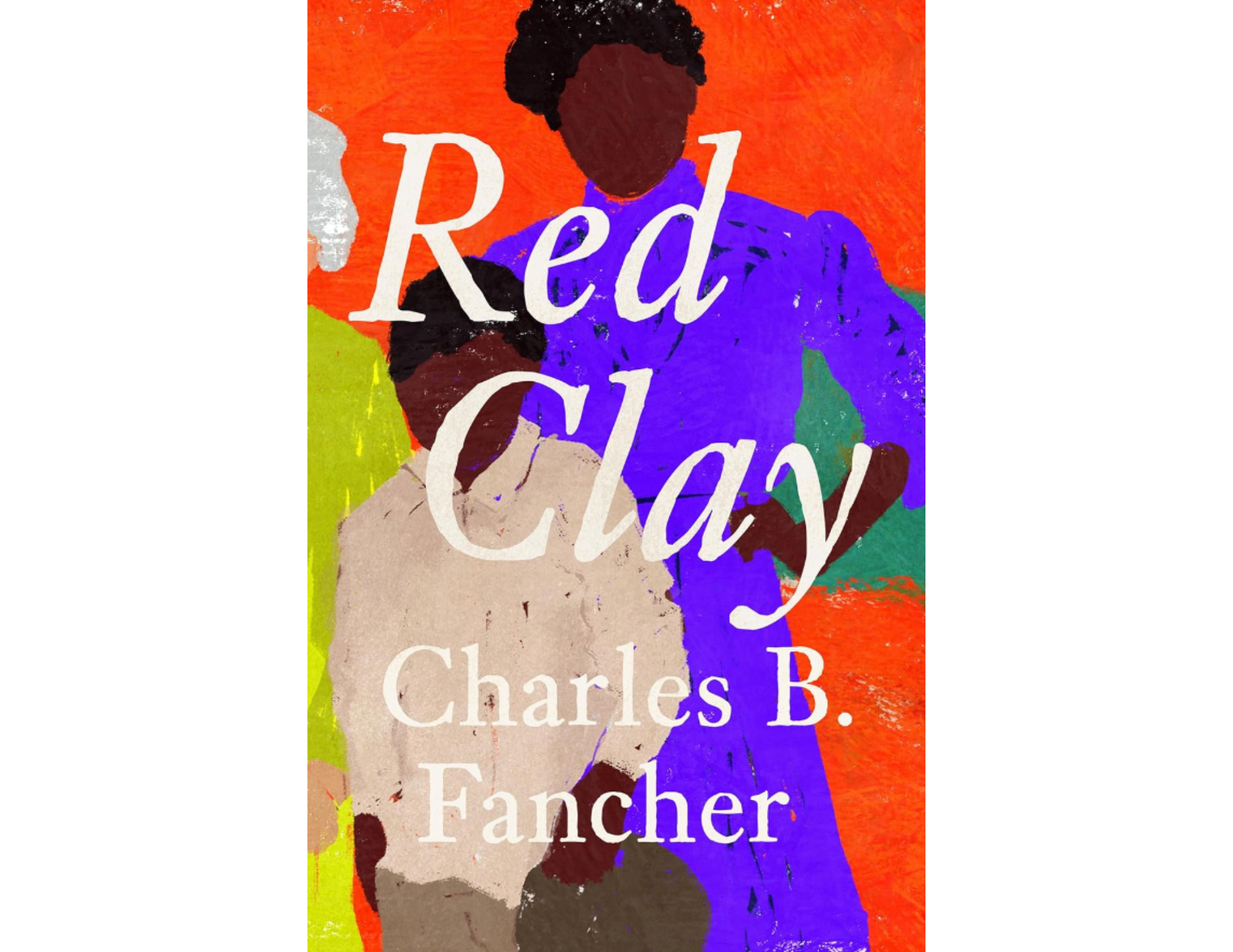Charles B. Fancher’s debut novel Red Clay is a thrilling, gratifying tale that explores multigenerational conflicts during the Civil War and Reconstruction Era.
This three-part story begins in Red Clay, Alabama in 1943. In part one, as the family and friends of Felix H. Parker attend his funeral and grieve his death, they’re burdened with questions surrounding his life. Specifically, about his experience being born into slavery during the Civil War. Later, they’re confronted by an elderly white woman named Addie, claiming her family owned Felix when he was young. Still riddled with questions, Felix’s family listens to stories about his time on Road’s End plantation before slaves were freed nationally.
Fancher takes readers back to 1864, when Felix was eight years old. We’re introduced to his mother and father, Elmira and Plessant. Elmira works as a cook for the master’s family and Plessant serves as their valet. The family is more privileged than others on the plantation; however, they still face cruelty and lack any power over their lives. They have already had two of their children sold and constantly fear for the protection of their last child, Felix. We also meet the owner, John Robert Parker, and his family. John has a wife, Marie Louise, and three children: Jean Louise, Claude, and Adelaide (Addie). The Parkers are complex characters who have different opinions and philosophies related to slavery in the South.
The Civil War is coming to its end, and the Confederate army is weakening. Both the Parkers and enslaved workers have to grapple with what that means for them. Although the Emancipation Proclamation would give slaves freedom, they’d be left with limited opportunities and heavy restrictions nationally. Contrastingly, the Parkers are unsure of how slaves’ freedom would affect them financially. Road’s End is in jeopardy, and the Parkers go to considerable lengths to save it. However, after various deals with lawyers and affluent businessmen, some members of the family take more deadly measures to protect their home. Later, John Parker entrusts Felix with a secret that is critical for his family’s future.
In part two, the Emancipation Proclamation is passed. The liberated slaves look for what to do next now that they’re free. Meanwhile, the Parkers try to cling to their former lifestyle. Each character examines their ambitions and desires to understand where they reside in the new society being crafted around them. In this section, we follow the youngest characters, Addie and Felix. We explore different viewpoints and simultaneously the development of racial relations in America and abroad. The novel investigates character dynamics, and demonstrates how identities are not binary. Racism isn’t presented as a moral duality, but as a range. While Felix gains status off the plantation, Addie travels around Europe, finding a world less conscious of race and division.
Within the Parker household, we learn that racism isn’t an isolated trait. Post-war, Claude works to manage the plantation, and develops into a man motivated by privilege and greed. Each character holds multifaceted beliefs, encouraging readers to observe their thought process before they make decisions. However, as the story progresses, values are questioned when characters work through vengeance, their pride, and betrayal. Among the intricate perspectives on racial stratification, we also see what it means to have power struggles from within a community. While Black people were in similar predicaments, the novel still captures the nuances of racially similar characters. Pleasant and Elmira discuss the internal prejudice and conflict from within the Black community that exacerbate their external challenges. In several scenes, we see how the hierarchy established on the plantation fields adjusted to a more open environment. From the tension and opposition outlined on the plantation, to the jealousy while building their own communities, Fancher shows how bigotry bled into different aspects of Reconstruction and were later ingrained into American culture.
Additionally, the narrative accounts for the transition from slaves’ freedom following the Emancipation Proclamation, to their shifted servitude under wealthy white employers. Left with few options, former slaves like Elmira and Pleasant continue to work on Road’s End plantation. They raise Felix to be a self-sufficient, strong, and loving man, while also showing the sacrifices it takes to pave the way for future generations. When Felix finds love and starts to create a family of his own, he ponders what kind of man he wants to be. Throughout all the hate, violence, and deception waged against them, Felix and his family showcase how a strong community can stand against a society that profits off of their pain. Meanwhile, Klan attacks become more prominent, and each of the former slaves must work together to ensure their freedom, their success, and their lives.
In its conclusion, the novel explores the significance of blood and honor; primarily by showing what it means to carry a legacy among different men. While former plantation owners associate power with property and their reputation, African Americans’ legacy comes from resistance and growth. Although oppression remains highlighted, Fancher reminds us that family persists through troubling times. The Klan continues to threaten, kidnap, burn, and kill members of Felix’s new community. When conflict erupts, secrets Felix has held come to light that threaten the livelihoods of everyone involved. And he must choose between following the principles taught by his parents and protecting the ones he loves. Although readers experience brutality and heartbreak, they might also walk away feeling remarkably inspired. Red Clay is a moving chronicle of violence, tenacity, and hope.
You can visit Charles B. Fancher’s website and purchase his novel here.
Red Clay
Charles B. Fancher
Blackstone Publishing
February 4, 2025
336 pages

Brendan Smith is a student at Drexel University, double majoring in English and Law with a concentration in Writing. When Brendan isn’t reading or working on his writing, he enjoys watching horror movies, exploring new coffeeshops, and listening to music.
